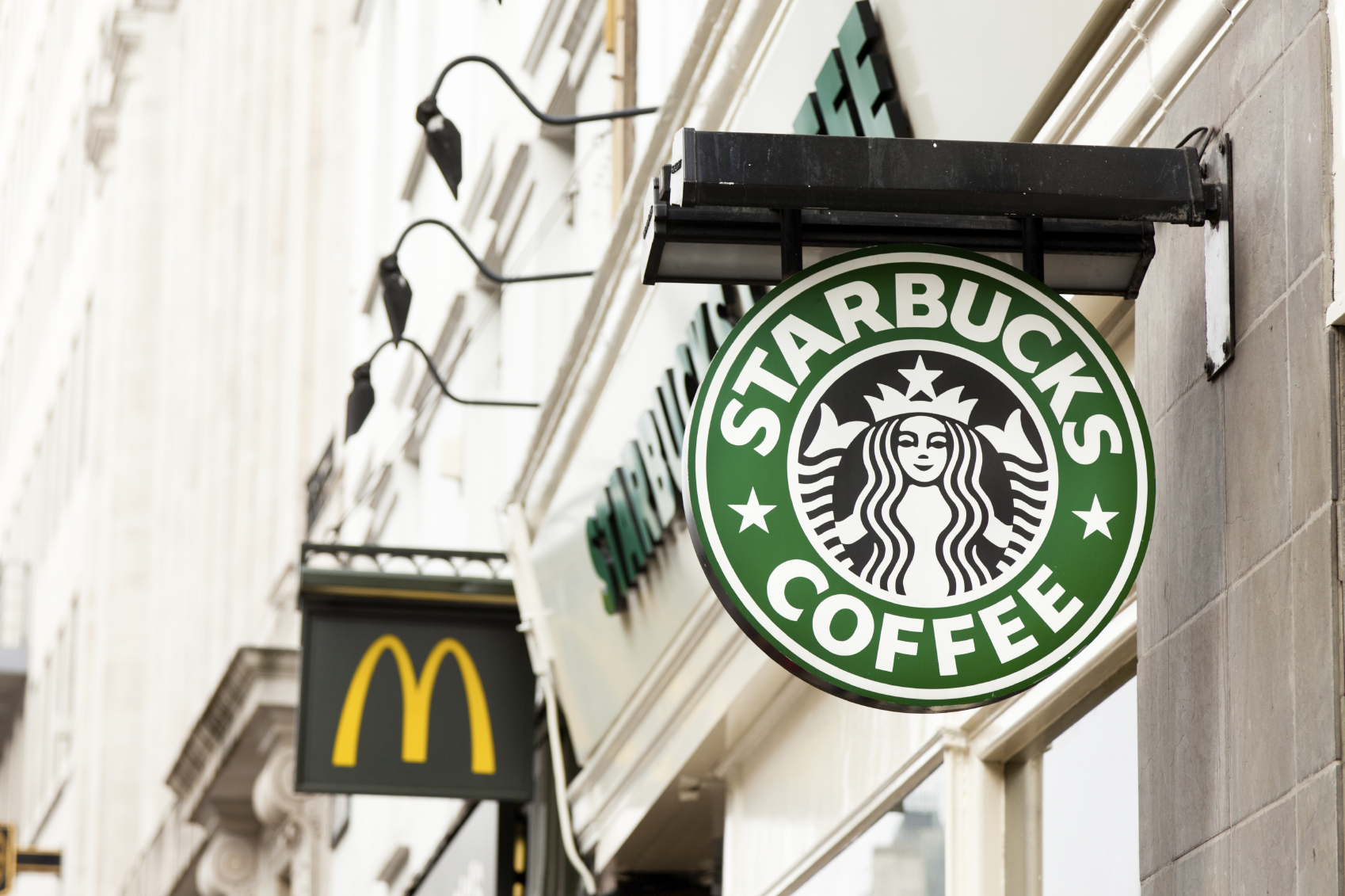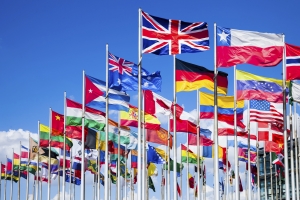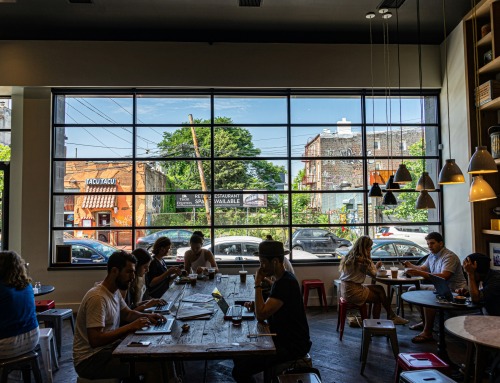In a previous AMA article, I explored how best-in-class retail brands like Starbucks and McDonald’s execute marketing initiatives so effectively across their vast retail networks. From that analysis, four “keys to success” surfaced for companies that excel in executing marketing programs across large retail footprints:
- Focusing on a few impactful programs
- Clearly defining success metrics
- Clearly defining roles and responsibilities
- Developing “turnkey” marketing and sales materials
Now, as an extension of that analysis, I have examined how these same best-in-class brands resolve a related marketing challenge: effectively delivering a compelling retail offer and experience abroad, where these brands are operating amidst many different languages and cultures.
The key principle that these major brands practice is “glocal” expansion, the careful and thoughtful adaptation of global brand and marketing strategy in order to present a more locally relevant offer, experience, and communications. Done right, “glocal” expansion is consistent with a brand’s overall strategy and promise, while providing a choicefully adapted offering and experience that are just right for that local market.
Examples help to make this principle more concrete. Here are some of the ways that leading brands have achieved successful “glocal” expansion in retail settings abroad by:
- Customizing the offering to the local market
- Adapting brand communications to resonate within a cultural and linguistic context
- Prioritizing the training of employees (e.g. brand, business, ethics) to ensure an “on brand” retail experience
#1: Customizing the offering to the local market
Food is one of the most important – and distinct – parts of any culture, which is why global restaurant brands frequently exemplify the most effective “glocal” practices. It’s a “table stakes” requirement for their sustained growth and success outside of their home turf.
A leader in customizing an offer to excel abroad is the quick serve restaurant Subway. Like many restaurant franchises, Subway provides a locally resonant menu that carefully adjusts choices based on researching its local market’s tastes. That strategy should come as no surprise in delivering a “glocal” offering.
However, the approach that sets Subway apart from many of its peers is its greater flexibility abroad with site selection parameters. Recognizing the importance and differences between cultures of place in dining, Subway has allowed and even encouraged non-traditional site locations (relative to the U.S. retail formats) to increase relevance with and access to its local consumers. Examples include cinemas, museums, public parks, and even windmills. What began as an experiment has now become a growth engine for the booming franchise, as 18% of its 45,000 retail locations are non-traditional and have enabled entry into and greater relevancy within new markets or geographies.
#2: Adapting brand communications to resonate within a cultural and linguistic context
For brands seeking a place in the daily fabric of consumers’ lives, communications are key. And as we know very well as marketers, the best communications come from a place of deep understanding of our target consumers. But differing cultures and languages complicate the task of developing global brand communications.
Leading brands like Coca-Cola and Diageo’s Johnnie Walker have addressed this challenge with a “freedom within a framework” approach, which results in brand communications that are both “on brand” and that reflect the local cultural and linguistic context of a market.
In this approach, creative concepts are carried most of the way to completion by the Global Marketing Team and then handed off to the Regional Marketing Team that adapts the concepts and messaging to make them most compelling for the local market.
Johnnie Walker, for example, encountered initial resistance to its renowned “Keep Walking” tagline because numerous cultures viewed the message as too serious or solitary. To improve local acceptance, Diageo ultimately gave Regional Marketing Teams the freedom to adapt messaging within the over-arching “Keep Walking” framework, resulting in locally customized messaging in more than 120 countries that still demonstrated a unified brand identity.
#3: Prioritizing the training of employees to ensure a consistent retail experience
The recipe for success for retail brands abroad is not wholly one of adaptation, and a key practice that many global brands consciously approach in a “one-size-fits-all” manner across all of their markets is employee training. Ultimately, leading retail brands like McDonald’s or Enterprise Rent-a-Car do not want inconsistency across markets for critical standards of customer service, quality, or business conduct. And holistic, rigorous employee training programs are integral to ensuring this consistency.
Starbucks stands out among its peers as a best-in-class trainer, especially abroad. The $15 billion coffee roaster, marketer, and retailer has more than 23,000 locations – and 46% of those locations are outside the U.S. across more than 60 different countries. Its “Holy Grail” is the Starbucks Business Ethics and Compliance Standards of Business Conduct, an employee training manual and regimen that explains from the start, “We are all caretakers of Starbucks reputation. How we conduct our business and how we treat others … will continue to determine how the world views Starbucks.”
Starbucks excels by providing its employees with brand and business practice overviews in addition to standard training and operational procedures to ensure a crystal clear and consistent brand experience across cultures and geographies. This comprehensive perspective on training ensures that its frontline employees everywhere clearly understand, value, and embody the brand.
Conclusion
As sophisticated strategists and marketers, best-in-class retail brands understand the opportunities and challenges of expanding into new markets that represent a different linguistic and cultural context. “Glocal” expansion enables these brands to succeed abroad, exemplified by brands’ careful customization of their offering, adaptation of their brand communications, and prioritization of employee training to ensure a consistent brand and retail experience. But all of this assumes a key requirement – that a company has a clear and well-articulated understanding of its brand and how much it can stretch to accommodate global audiences.







